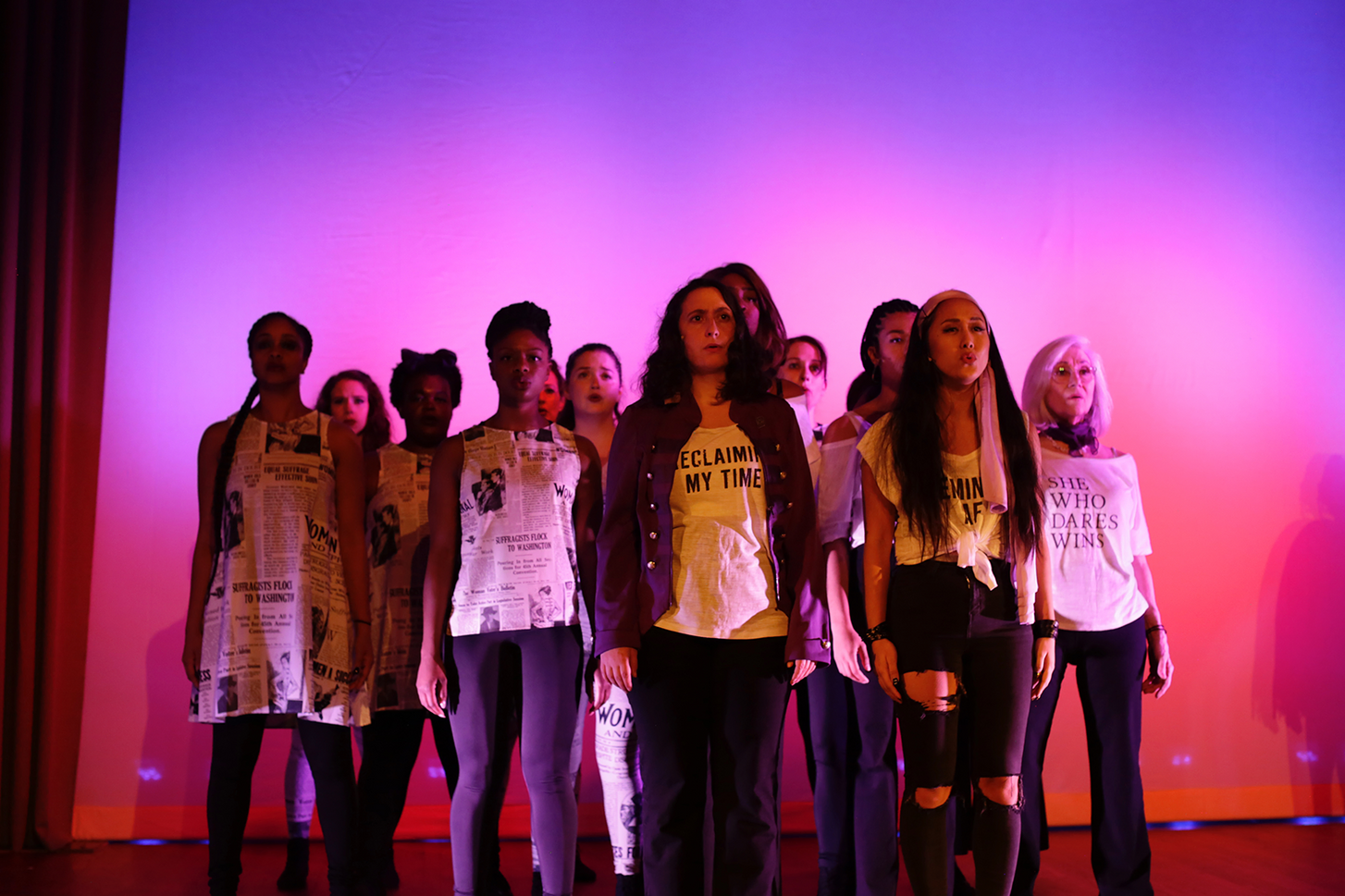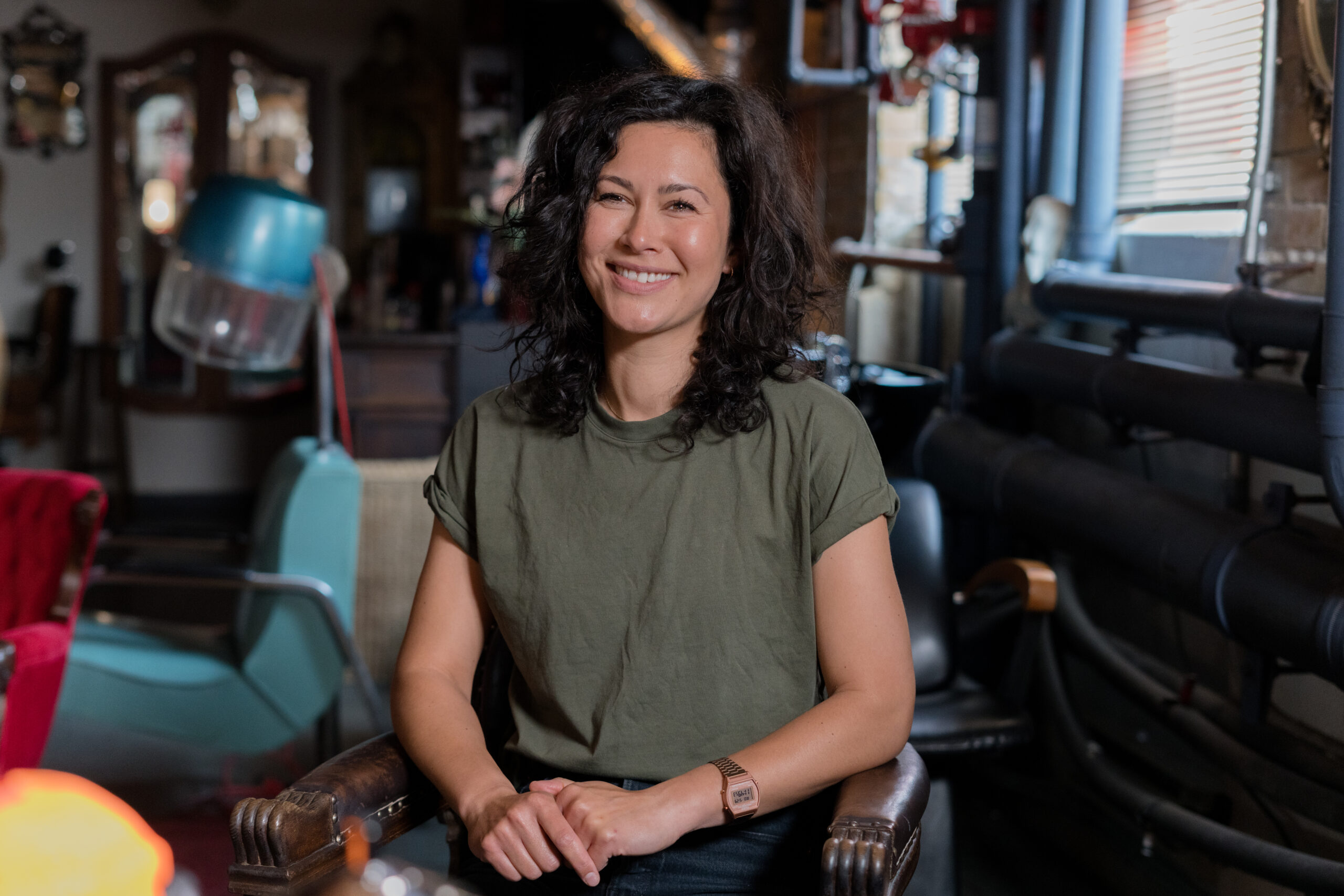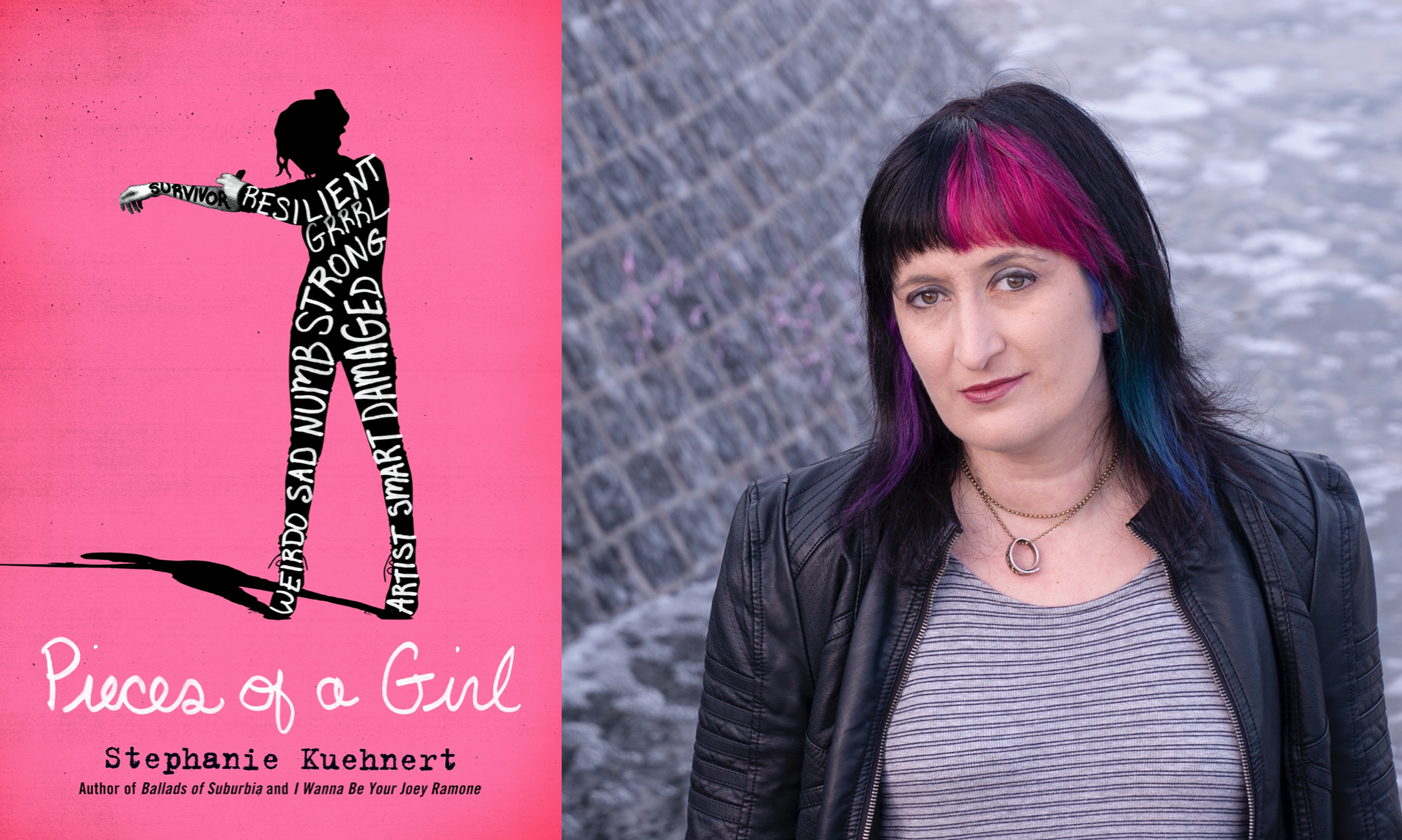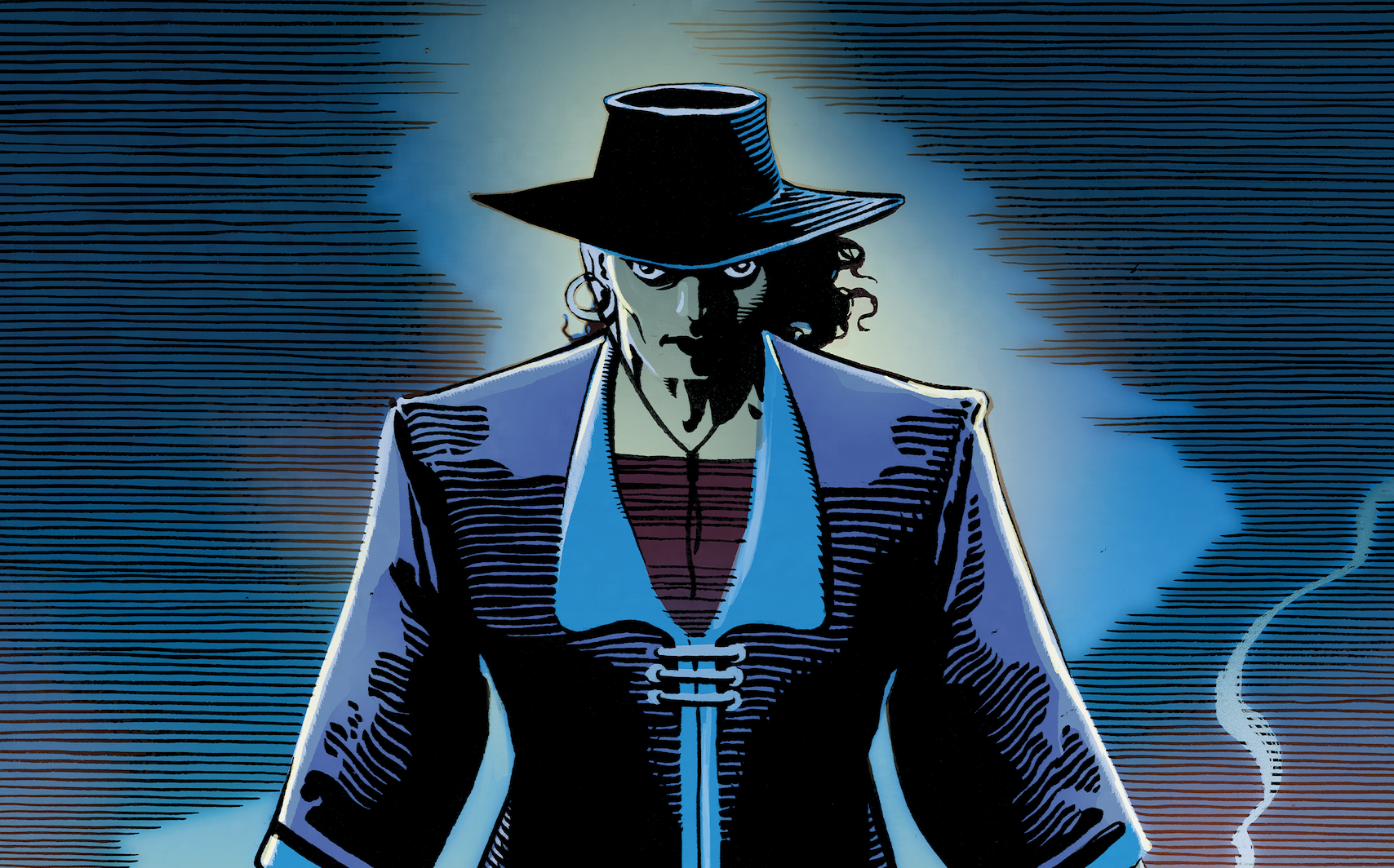
“I am 7 years old. I have been here for almost 4 months. I got here by walking. I don’t remember the journey. I played other games and read in school in Myanmar. I jumped rope, and played Ludu. I really like jumping rope. I’m not interested in playing with boys, only with girls. I feel very bad here. When I left Myanmar, I was fine. But this is a new place, an unknown place. There are no friends here. So this not a good place for me. I go to school here. I have 1 sister and 2 brothers. Only my father and mother and one brother came here with me. I don’t know what happened to the others. My favorite color is red.”
In 2017, author and photographer Nancy Richards Farese visited Bangladesh to photograph the Rohingya refugee crisis, which forced over one million people into temporary camps as they fled the genocide in Myanmar. As she documented the toll of extreme trauma and the most violent tendencies of humankind, she was drawn to the irrepressible laughter of children as they fashioned sticks and rocks into toy cars and turned plastic bags into kites.
“We don’t stop playing because we grow old; we grow old because we stop playing,” playwright George Bernard Shaw once said.
Captivated by the joy, resilience, and creativity she witnessed, she turned her camera on children at play, capturing their natural instincts to adapt, heal, and thrive despite the darker forces surrounding them.
‘Potential Space: A Serious Look at Child’s Play’ (MW Editions, December 2021) brings together over ninety of Farese’s stunning, full-color images of children engaged in play—spontaneous, unselfconscious, free of adult supervision—that she took over seven years in fourteen countries, including Burkina Faso, Cuba, Haiti, Jordan, and the U.S.A. The book explores humanity’s relationship to play through the lens of diverse cultures, traditions, and economic situations around the world. Much of Nancy’s work for the book was done on behalf of CARE International and the United Nations Commission on Refugees.

The transit of this family to the US was supported by Boston based @refugepoint.
Nancy hopes her book will encourage people to re-think the modern-day approach to play which has become disorienting and extreme, to the point that it is hardly recognizable as a simple activity of happiness and wellbeing. The boundless, timeless “free play” that has developed and informed human beings since the dawn of time is now conflated with mass consumption and addictive technologies, to the point that “playing” video games, social media apps, or even a highly structured game of after school soccer leaves us feeling isolated, lethargic, and socially inadequate.
Nancy’s photos of children at play are both resonant and activating. They beg the question: Where does play sit in our own lives, and how do we ensure that children, everywhere, are allowed to play their way into a healthy adulthood, and a more just world?
Featuring a foreword by New York Times photographer and staff writer James Estrin, ‘Potential Space’ offers a global view of a seemingly mundane activity that is a feature that defines both humanness and happiness. Play can be both a window and a mirror, providing a path toward empathy and peace. We had the opportunity to speak with Nancy about her new book and what she hopes readers will learn most from the young children she captured through her lens.


How did the idea for ‘A Serious Look at Child’s Play’ first come about?
I sat in a lecture 10 years ago listening to Dr Stuart Brown (founder of The American Institute of Play) show pictures of animals at play to show that all animals are built through play, and he added that humans are uniquely built to play throughout our lifetimes. I decided that I wanted to explore that idea better visually, and began to direct my photography to the world of children at play. Seven years of work travelling across 14 countries resulted in Potential Space, an exploration of how the often overlook yet essential activity of children’s play is actually one of the most serious activites we ever engage in.
I like to invert the frame of “adults teaching children” and think instead about what children teach adults about tolerance, resilience, inclusion and joy through the simple act of play. The act of photography itself is inherently playful, so I journeyed out into the world, looking especially for ways that play is used for healing, for a close look at the impact of technology and commercialism on our lives, and a serious consideration of the decline of free play in America and the correlation to anxiety and depression in our young people.
How do you hope people looking at your photography will re-think or re-imagine the concept of play in their lives?
My goal is to have a broader public conversation about where play sits in our lives. Play is anything done spontaneously, simply for it’s own sake, where we forget about time, and ourselves. It is riffing on a guitar, walking in the woods, or a deep conversation with a friend.
A powerful element of this work is that we recognize play when we see it, anywhere in the world. We look at images of children playing and they are immediately familiar, resonate, joyful, mirroring our own memories. There is an instant human connection.
It is a cliché to say a picture is worth a thousand words, but indeed it’s true: our brains are built to register visual information within milliseconds and remember it long afterwards. We crave to see what is relational and familiar to our lives, and photography touches both our hearts and minds allowing us to tell the essential stories of our lives. This is the essential power of the photograph.


We often see so many tragic images of children in news media (which are of course necessary at times), but to see kids in the midst of difficult circumstances with joy on their face is something to behold. Why do you feel it is important to see more images of children experiencing joy?
I was in Bangladesh in 2017 photographing the Rohingya refugee crisis, which forced over one million people to flee genocide in Myanmar. As I photographed the extreme trauma in front of me, I became aware of what was also going on- the irrepressible laughter of children as they fashioned sticks and rocks into toy cars and turned plastic bags into kites. I became captivated by the joy, resilience, and creativity just behind me, and so I she turned my camera on children at play, capturing their natural instincts to adapt, heal, and thrive despite the darker forces surrounding them.
On a global level, The Right To Play is a guaranteed Human Right of the United Nations, but on a personal level I hope these images remind us of our common humanity, and a fundamental tool of well being and resilience that we all possess to address stress and uncertainty in our world today.


In such a divided world filled with so many different types of conflict, how do you hope this photography collection will bring people together, or at least allow us to think differently about others?
Perhaps there has never been a more salient time to be reminded that we’ve always known how to play. A return to the practice of regular play in our lives brings along the very adult necessities of creativity, adaptability to chaos and uncertainty, and well-being. When we take play seriously, we understand that this mundane activity powerfully shapes who we are, both as individuals and as a society.
Photography is such a powerful medium for storytelling. What have been some of your most formative experiences behind the lens while capturing various people throughout your career?
Carrying my camera through the world has given me extraordinary access to places I otherwise would never belong– Haiti a month after the earthquake that killed hundreds of thousands, watching Syrian girls in burkas learn karate in a refugee camp in Jordan, visiting with a Congolese refugee in rural Massachusetts telling me how wonderful it is in America that we set aside special places for children to play safely.
In a perfect world, parents will say to their kids- you can’t do your homework till you’ve gone out to play!
‘Potential Space: A Serious Look at Child’s Play’ by Nancy Richards Farese is published by MW Editions. All photography is copyright Nancy Richards Farese.

















